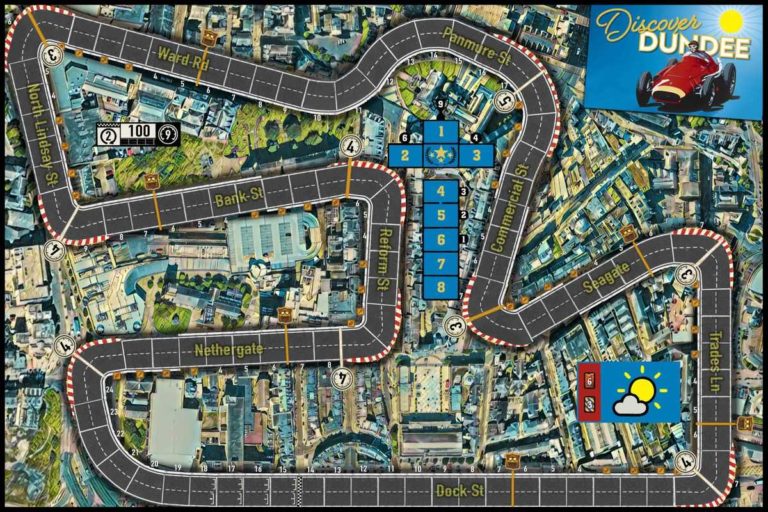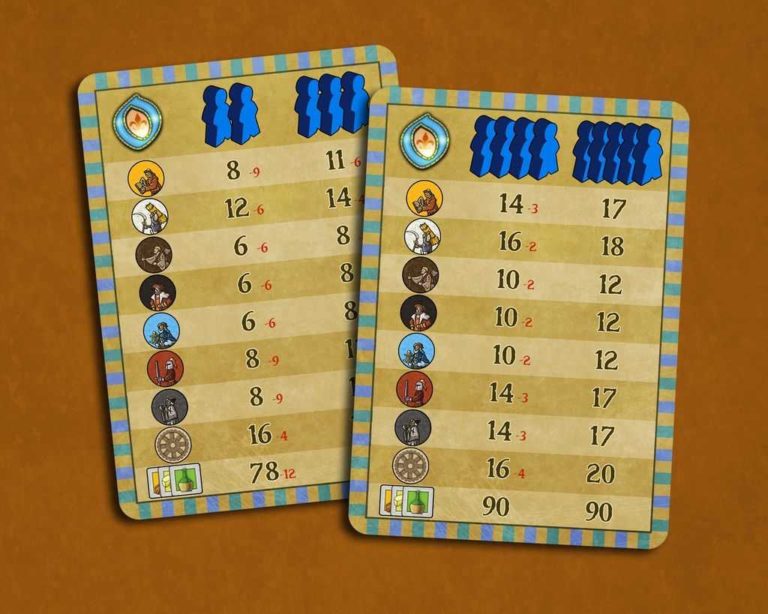Power Grid Review – Strategy Board Game Analysis
Power Grid Review – Strategy Board Game Analysis
Ah, Power Grid. It’s a name that resonates with echoes of strategy, fierce auctions, and the hum of electricity powering an ever-growing network of cities. I distinctly remember the first time I laid eyes on it; the anticipation of diving into a game renowned for its depth and the satisfaction that comes from building a network more efficiently than your opponents. This Power Grid review is an invitation to join me on a journey through a game that has not only stood the test of time but has also sparked (pun intended) a vibrant community of enthusiasts who relish the challenge of resource management and strategic planning.
Key Points:
- Power Grid is a strategy board game focused on auctions, resource management, and network building.
- The game’s complexity and strategic depth challenge players to think critically and adapt their strategies.
- Key strategies for winning include efficient auctioning, resource management, and strategic expansion.
- Power Grid’s auctions and resource management require foresight, flexibility, and keen observation.
- The game has been praised for its strategic depth, replayability, and engagement by both players and reviewers.
- Power Grid offers a rewarding experience for fans of economic and strategy board games, despite some critiques about mathematical calculations.
- The community surrounding Power Grid is dedicated, with discussions on platforms like BoardGameGeek and Reddit providing valuable insights and strategies.
From the first play, it was evident that there’s much more to Power Grid than meets the eye. I recall how each decision felt impactful, every auction tense, and the way the game seemed to balance on a razor’s edge, where a single misstep could cause your entire network to short-circuit. It’s these moments of intense calculation and strategic foresight that make Power Grid a game that continually calls for just one more play, inviting players into a dance of economics, efficiency, and expansion.
The Essence of Power Grid
At its core, Power Grid is a testament to the beauty of complexity distilled into an engaging board game experience. It masterfully combines auction mechanics, resource management, and network building in a way that challenges players to think critically about every move. The joy of Power Grid lies in the delicate balance between expanding your power network to reach more cities while managing your resources effectively to power them. Every game unfolds into a new narrative, driven by the players’ decisions and the unpredictable dynamism of the market.
Overview of the Game Mechanics
Power Grid operates on a multifaceted set of mechanics that harmonize to create a deeply strategic gameplay experience. The game unfolds in several phases each round, starting with determining the player order, which is crucial as it affects later actions. Players then participate in an auction for power plants, which is the heart of Power Grid’s strategic depth. Bidding wisely can mean the difference between powering your cities efficiently or watching helplessly as your resources dwindle.

| Phase | Description |
|---|---|
| 1. Player Order | Determines the order for the rest of the phases, benefiting the players lagging behind. |
| 2. Auction | Players bid on available power plants, a critical part of strategy. |
| 3. Buying Resources | Resources are bought to power the plants; prices fluctuate based on demand. |
| 4. Building | Expansion of your network into new cities, with costs increasing as the game progresses. |
| 5. Bureaucracy | Powering cities for income, adjusting the player order, and updating the power plant market. |
This cycle repeats, growing in intensity as the game progresses.
Bidding wisely in the auction phase of Power Grid can greatly impact your ability to power cities efficiently and succeed in the game.
Why Power Grid Stands Out Among Strategy Board Games
What sets Power Grid apart from other strategy board games is the intricate dance of mechanics that requires players to constantly adapt their strategies based on the actions of their opponents and the availability of resources. The game’s brilliance lies in its ability to blend mathematical precision with the unpredictability of player interaction.
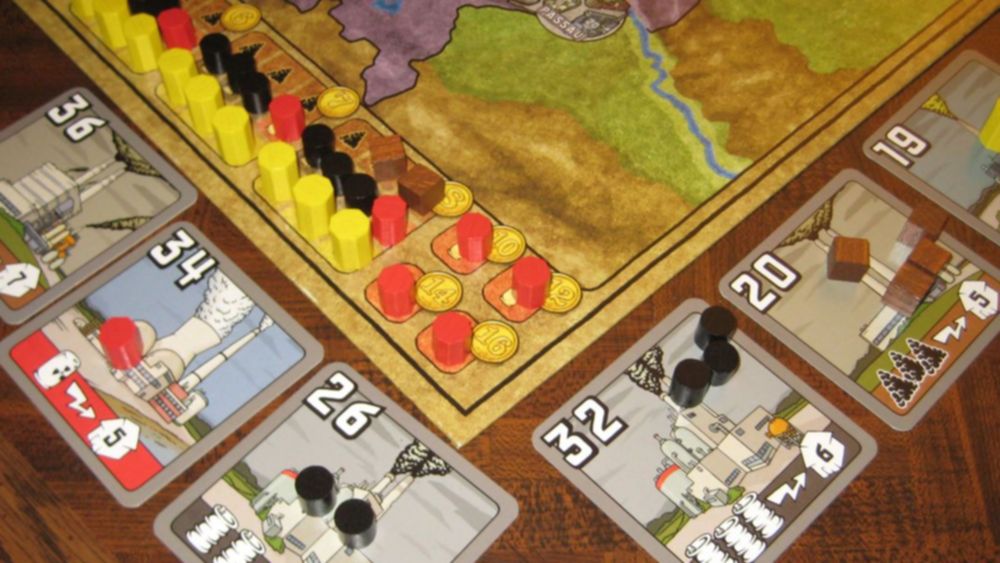
- Auction Dynamics: Every game feels fresh due to the unpredictability of the power plant auction phase.
- Resource Scarcity: Managing limited resources adds a layer of tension and strategic foresight.
- Player Interaction: Direct and indirect competition through auctions, resource purchasing, and network building keeps everyone on their toes.
- Scalability: Game mechanics adapt well to different numbers of players, providing a balanced experience.
- Strategic Depth: Offers a rich tapestry of decision-making, from short-term gains to long-term planning.
The Evolution of Power Grid Over the Years
Since its inception, Power Grid has undergone a fascinating evolution, introducing expansions and updated versions that have expanded the game’s universe and deepened its strategic possibilities. New maps introduce fresh challenges and strategies, while rule tweaks and additional components keep the gameplay feeling vibrant. The transition from the initial release to the Recharged version showcases a commitment to refining the game, enhancing balance, and improving player experience. This journey reflects not just the physical components of the game but also the growth of its community and the endless variety of strategies it nurtures.
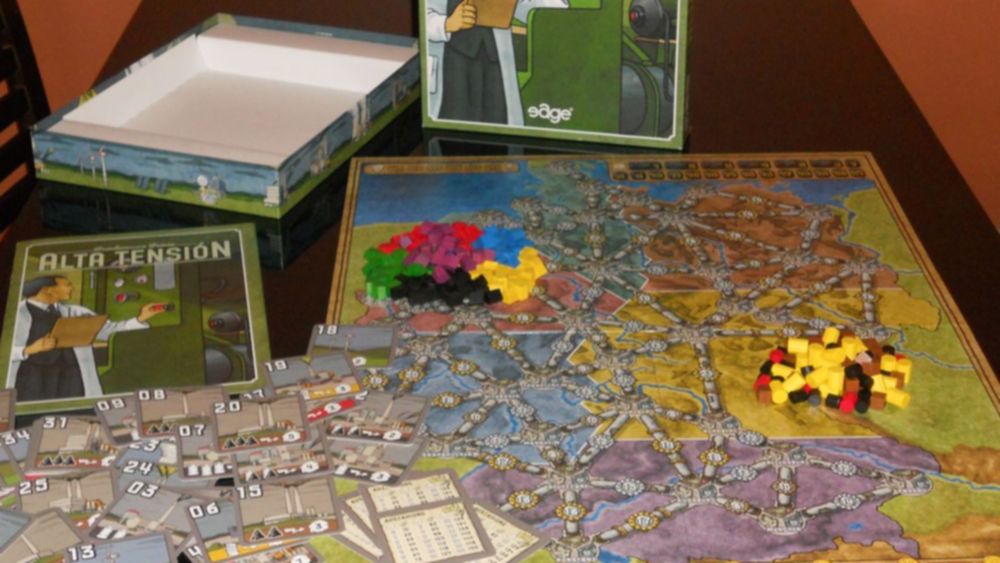
Deep Dive into Gameplay and Strategy
Delving into the intricacies of Power Grid’s gameplay reveals a landscape rich with strategic decisions, from the initial choice of power plants to the final push for expanding your network. Each choice carries weight, each strategy is a gamble, and success lies in balancing ambition with prudence.
Key Strategies for Winning Power Grid
Winning at Power Grid demands a blend of strategic insight, adaptability, and keen observation of your opponents’ moves. Key strategies involve meticulous planning and the ability to pivot when circumstances change.
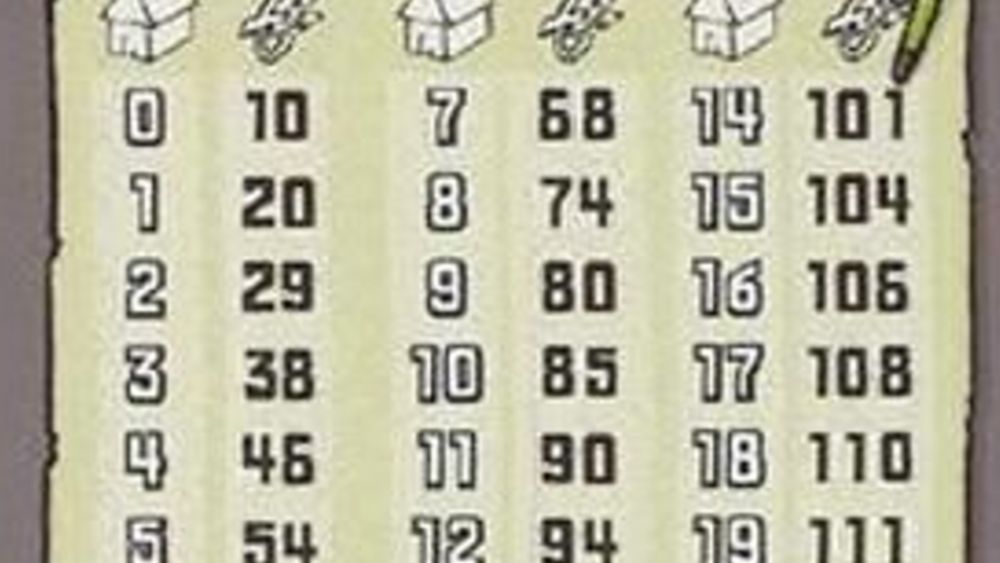
- Efficient Auctioning: Know when to bid and when to pass, balancing the cost against the long-term benefits of a power plant.
- Resource Management: Acquire resources at optimal prices and anticipate market fluctuations.
- Strategic Expansion: Choose your cities wisely, balancing expansion costs against potential income.
- Adaptive Planning: Be ready to alter your strategy based on the phase of the game and the actions of other players.
- Observation: Keep a close eye on your opponents’ capabilities and potential moves.
Understanding these strategies can turn the tide of the game, making the difference between powering your way to victory or falling short as the grid expands.
Mastering Power Grid involves a strategic blend of adaptability, keen observation, efficient auctioning, resource management, strategic expansion, adaptive planning, and opponent observation for achieving victory in the game.
Analyzing the Game’s Complexity and Learning Curve
Power Grid might initially seem daunting due to its strategic depth and the balancing act required between resource management, auction dynamics, network expansion, and economic optimization. The game’s complexity is beautifully layered, starting with simpler decisions and gradually introducing players to its more intricate systems. This design allows newcomers to comfortably dive in, with the learning curve serving as a gentle slope rather than a steep climb.
However, mastering Power Grid is another journey altogether. Each game unfolds uniquely, propelled by player interactions, the variability of power plant cards, and the strategic decisions made at the auction table. Advanced players will relish the challenge of optimizing every aspect of their strategy, from the specific power plants they aim to acquire to the precise timing of their expansions across the network. This depth ensures that Power Grid remains perpetually engaging, rewarding players for their strategic growth and adaptability.
The Role of Auctions and Resource Management
Auctions in Power Grid are not merely about getting the best power plants; they’re about reading the room, predicting future market shifts, and sometimes, driving up prices to strain competitors’ budgets. It’s a thrilling blend of psychology, strategy, and economic foresight. Resource management, on the other hand, demands a keen eye on both the immediate needs and future growth of your power network, balancing the acquisition of coal, oil, garbage, and uranium with the evolving availability and needs of your plants.
- Auctions:
- Predict and influence the market.
- Optimize spending to maintain economic leverage.
- Resource Management:
- Strategically acquire and conserve resources.
- Anticipate competitors’ needs to create shortages or surpluses.
The synergy between these two aspects underscores the rich strategic tapestry of Power Grid, setting it apart as a game where foresight, flexibility, and keen observation go a long way.

Mastering the strategic synergy between auctions and resource management is crucial in Power Grid to excel in predicting market shifts and effectively balancing resource acquisition for long-term success.
Community and Critical Reception
The board gaming community has warmly embraced Power Grid, with its strategic depth and engaging mechanics fostering a dedicated fan base. Discussion forums on BoardGameGeek and Reddit are brimming with strategy tips, variant rules, and shared experiences that reflect the game’s impact. Whether it’s a heated auction battle or a razor-thin victory, stories from countless game nights highlight why Power Grid remains a beloved title within the community.
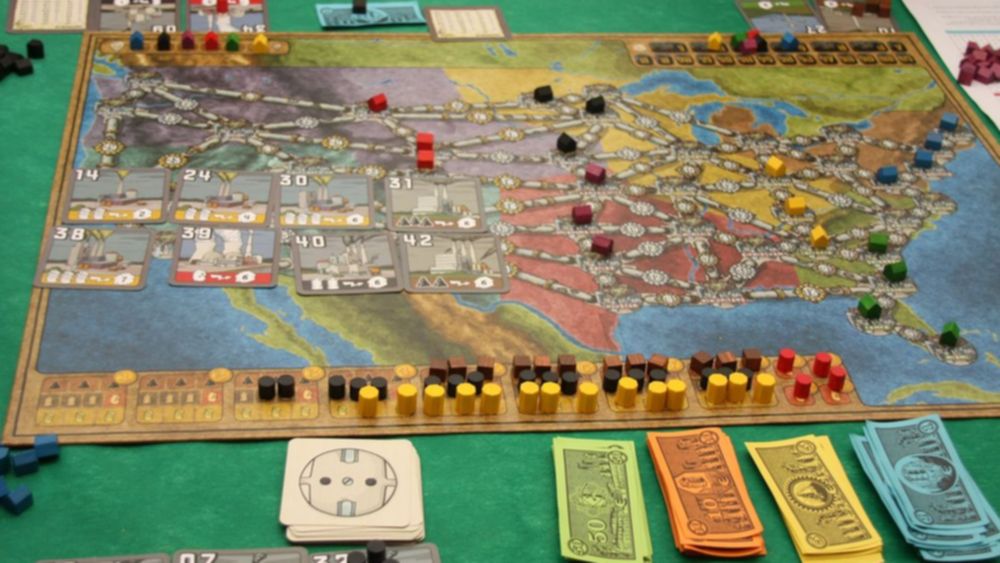
Insights from BoardGameGeek and Reddit Discussions
Discussions on BoardGameGeek and Reddit often circle back to the elegance of Power Grid’s game design and its ability to balance competitive tension with rewarding strategy. Veterans and newcomers alike share advice on optimal bidding techniques, resource management strategies, and the ever-important timing of network expansion. These platforms have become invaluable resources for players looking to deepen their understanding of the game and connect with the broader Power Grid community.
Highlights from Professional Board Game Reviews
Professional reviews consistently praise Power Grid for its strategic depth, replayability, and the unique challenge it presents to gamers of all levels. The game’s mix of auction dynamics, resource management, and network expansion delivers a rich and rewarding experience that has captivated players for years.
- Strategic Depth:
- Lauded for its complex yet accessible gameplay.
- Replayability:
- The variety of maps and power plants ensures no two games are the same.
- Engagement:
- Keeps players invested with its blend of economics and strategy.
Reviews often emphasize the game’s ability to remain fresh and challenging even after numerous playthroughs, a testament to its design and adaptability to different play styles.
Player Recommendations and Critiques
Many players recommend Power Grid as a must-have for fans of economic and strategy board games. Its balance of competition and strategy, along with a dynamic market and auction mechanism, provides a deeply satisfying experience that can accommodate a wide range of player skill levels. However, some players have noted the heavy emphasis on mathematical calculations in the later stages of the game, which can slow down the pace for those less inclined towards number crunching.
Despite this, the consensus remains that Power Grid offers an engaging and challenging experience, with its complexity and depth inviting players back for repeated playthroughs. Recommendations often come with tips for managing the game’s more intricate aspects, ensuring everyone can find enjoyment in the quest to power cities most efficiently.
Power Grid is highly recommended for its engaging and challenging gameplay that appeals to a wide range of players, although the heavy emphasis on mathematical calculations in later stages may deter some individuals.
FAQs
1. What makes Power Grid a classic strategy board game?
Power Grid is considered a classic strategy board game because of its engaging auction mechanism and the strategic depth in resource management. It challenges players to balance economic planning and competitive bidding in a way that is both intellectually stimulating and engaging.
2. How long does a typical game of Power Grid take?
A typical game of Power Grid takes about two hours to play. However, the duration can vary based on the number of players and their familiarity with the game rules. Strategic decisions and auction phases might extend playtime, especially in highly competitive games.
3. Can Power Grid be played with two players effectively?
While Power Grid is best experienced with more players, it can still be played effectively with two players. The game’s mechanics adjust to ensure a competitive edge and strategic depth, even with a smaller player count, though the dynamics of auctions and market may change.
4. Are there any expansions or variations of Power Grid?
Yes, Power Grid has multiple expansions and variations, adding new geography and strategic elements to the game. These expansions introduce new power plant cards and additional rules, providing fresh challenges and replayability for fans of the game.
Conclusion
In conclusion, Power Grid offers an unmatched strategic depth that has solidified its status as a classic in the world of board games. Its demanding resource management, thrilling auctions, and dynamic player interaction offer a robust and rewarding experience. Engaging in this game is a journey through the highs and lows of power supply, where each decision can lead to victory or defeat. Whether you’re a seasoned veteran or new to the world of board games, Power Grid is a game that promises intense, thought-provoking gameplay. This Power Grid review barely scratches the surface of the strategic richness that awaits everyone at the table. So, gather your friends, power up your cities, and may the best power supplier win. Thank you for joining me in this exploration of Power Grid. Until next time, keep playing and exploring the vast universe of board games. Goodbye, and happy gaming!
Lucas
This article uses material from BoardGameGeek and is licensed under the Creative Commons Attribution-Share Alike License.


